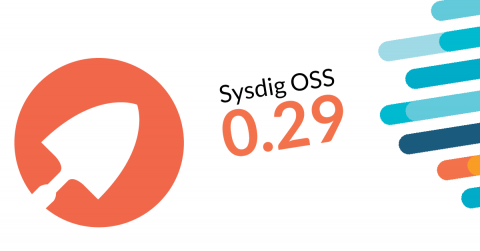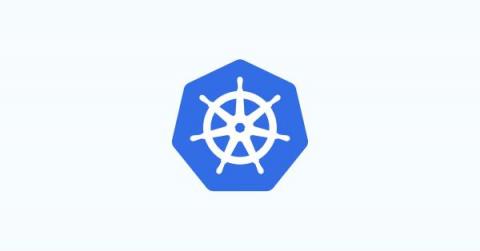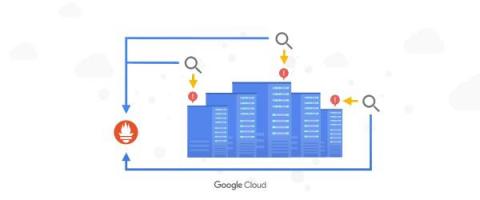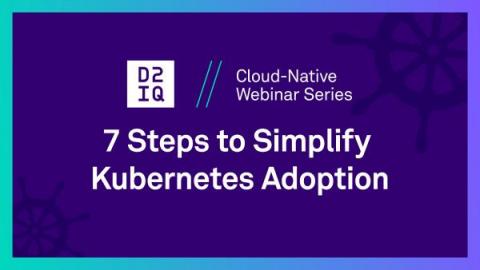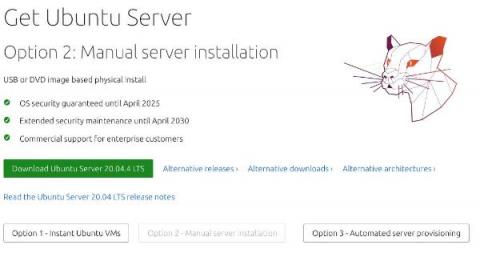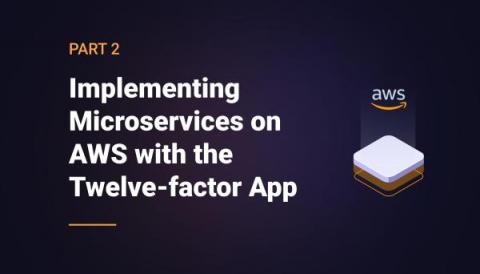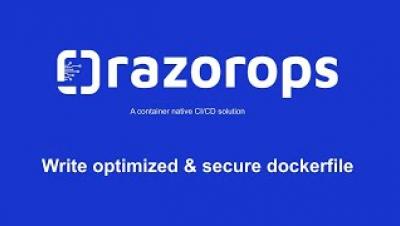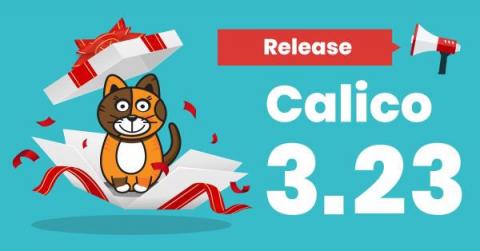Sysdig Advisor: Making Kubernetes troubleshooting effortless
The cloud, Kubernetes, CI/CD, DevOps, GitOps… the last five years have seen a huge transformation in how organizations are architecting and shipping applications. It’s hard to keep up with the pace and learn all of this new tech! Nearly 55% of respondents to Canonical’s 2021 Kubernetes and cloud native operations report highlighted how the lack of sufficient in-house skills and people power is the biggest challenge that Kubernetes brings to businesses.



